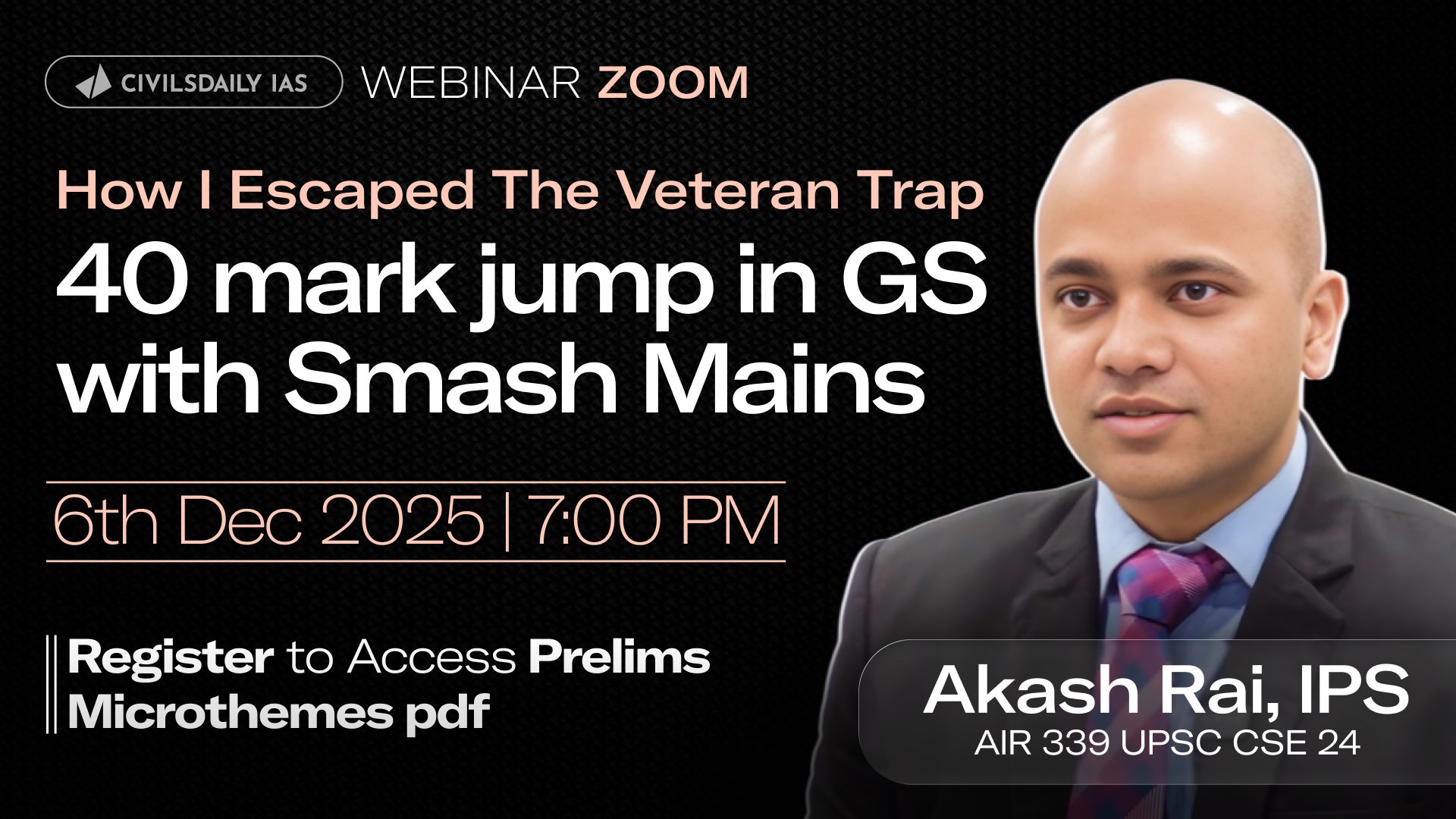Why in the News?
The recent Iran–Israel conflict has again revealed the weaknesses in India’s system of sending students abroad for medical education. Due to the conflict, India had to carry out emergency evacuations of its students from war zones, similar to what was done during the Ukraine crisis under Operation Ganga.
Why do Indian students, especially Kashmiris, prefer studying medicine in Iran?
- Affordability and Lower Fees: Studying medicine in Iran is far cheaper than Indian private colleges. Eg: Medical degrees in Iran cost nearly one-tenth of what private institutions in India charge.
- Cultural and Historical Ties: Kashmir shares strong historical and cultural links with Iran, often referred to as “Iran-e-Sagheer” (Iran Minor). Eg: 13th-century Iranian saint Meer Sayyed Ali Hamadani brought crafts, industries, and Persian influence to Kashmir.
- Religious and Admission Advantages: Religious affinity due to a shared Shia population eases access for Kashmiri students. Eg: Iran provides admission concessions (Pargees quota) to Kashmiri students based on cultural-religious ties.
- Historical Connection: Kashmir has long-standing civilisational links with Iran, often called “Iran-e-Sagheer” (Little Iran). Eg: In the 13th century, Meer Sayyed Ali Hamadani, an Iranian saint, brought crafts, culture, and Persian influence to Kashmir.
- Language and Educational Comfort: The Persian language, once widely used in Kashmir, and similar educational traditions make adaptation easier. Eg: Kashmiri students find Iran’s academic and cultural environment more familiar and accessible compared to Western countries.
What are the major risks and challenges associated with pursuing medical degrees abroad?
- Quality of Education Varies: Some foreign universities run dual-tier systems, offering lower-quality courses for international students. Eg: Certain programs are not designed to meet clinical standards required in India or even in the host country.
- Ineligibility to Practice Locally: Many students graduate from courses that do not allow them to practice in the host country. Eg: A student completing a degree in a university designed only for foreigners may not qualify for local medical licenses.
- FMGE and Licensing Issues in India: All foreign medical graduates must clear the Foreign Medical Graduate Examination (FMGE), which has a low pass rate. Eg: In 2024, only 25.8% of foreign-trained students passed the FMGE.
- Lack of Transparency and Regulation: There is no official list of approved foreign colleges, leading to confusion and misinformation. Eg: Students often rely on agents or unverifiable online sources, resulting in enrolment in unrecognised institutions.
What challenges do foreign-trained doctors face in India?
- Low Pass Rate in FMGE: Foreign-trained doctors must clear the Foreign Medical Graduate Examination (FMGE) to practice in India, which has a historically low success rate. Eg: In 2024, only 25.8% of candidates passed the FMGE, reflecting gaps in practical training and knowledge.
- Mismatch in Course Duration & Curriculum: Some foreign degrees do not meet the National Medical Commission (NMC) norms like minimum 54-month duration and one-year internship. Eg: Degrees from the Philippines (48 months) were not recognised, leading to rejection of registration applications.
- Employment and Clinical Training Gaps: Even after passing FMGE, doctors struggle with employment due to perceived inferior clinical exposure and lack of hands-on patient care experience. Eg: Many hospitals hesitate to hire FMG doctors citing practical skill deficiencies.
Way forward:
- Establish Clear Guidelines and Approved Lists – The National Medical Commission (NMC) should release an official list of recognised foreign medical institutions and standardise eligibility norms.
- Enhance FMGE Support and Skill Bridging – Provide preparatory support, internships, and clinical exposure to help returning students meet Indian medical practice standards.
Mains PYQ:
[UPSC 2023] Indian diaspora has scaled new heights in the West. Describe its economic and political benefits for India.
Linkage: The Indian diaspora, which includes individuals who have moved abroad for higher education and subsequently stayed. Their presence abroad contributes to economic and political benefits for India.
Get an IAS/IPS ranker as your 1: 1 personal mentor for UPSC 2024

